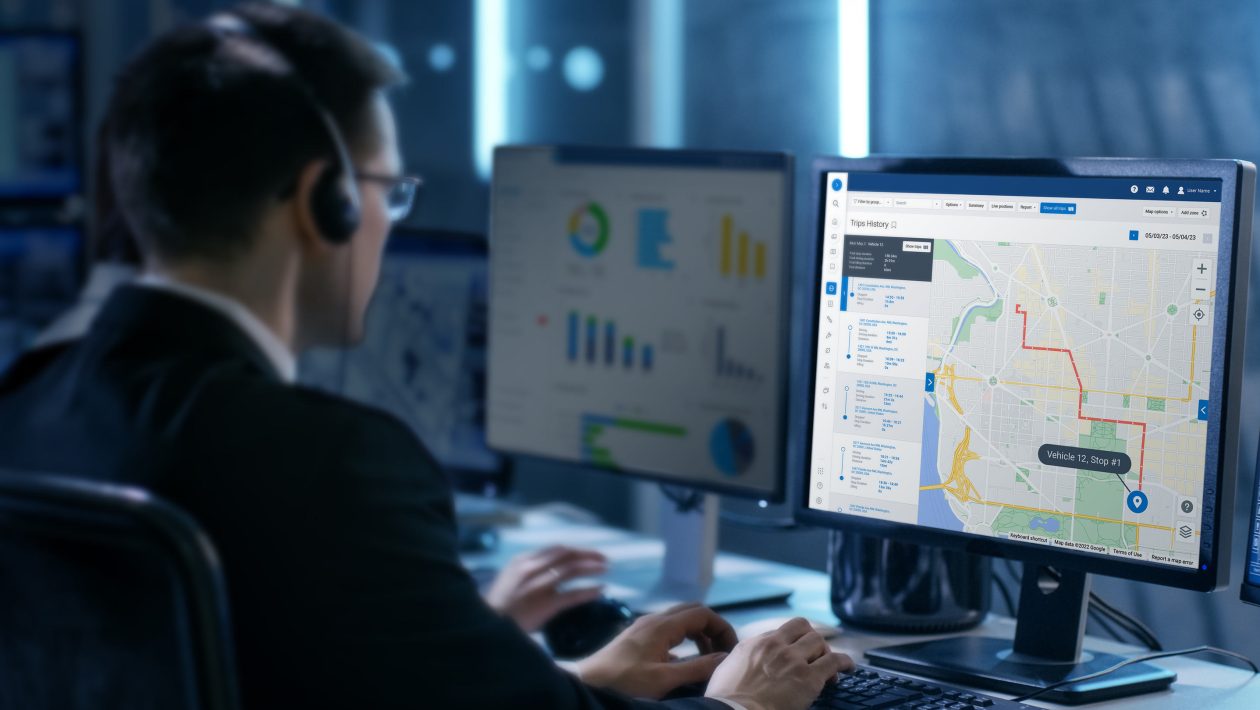In the age of advanced technology and real-time data, driver tracking has emerged as a powerful tool for businesses. At its heart, driver tracking can be a boon, enhancing safety and ensuring efficiency on the road. However, it’s also a topic that sparks heated debates when it comes to individual privacy. Can businesses use driver tracking while respecting their drivers’ personal boundaries? It’s a delicate balancing act and one that we’ll explore in-depth in this article.
Table of Contents
1. Prioritizing Safety on the Roads
Safety first! It’s a mantra that holds weight, especially when it comes to our roads. Driver tracking tools help businesses monitor driving habits, ensuring that drivers maintain safe speeds and follow best practices. If a driver, for instance, has a habit of hard braking or taking sharp turns, these systems can flag such behaviors. By doing so, businesses can provide necessary feedback or training, ensuring every journey is a safe one. It’s like having a virtual co-pilot, ensuring everything’s in check for a smooth ride.
2. Addressing Privacy Concerns Head-On
While safety is paramount, so is privacy. No one likes the feeling of being watched constantly. It’s essential for businesses to communicate transparently with their drivers about the purpose and scope of driver tracking. It’s not about snooping or prying into personal lives; it’s about safety and efficiency. Clear policies should be in place, detailing when tracking is active (e.g., only during work hours) and ensuring data is not misused. Open dialogues and trust-building are key to addressing and alleviating privacy concerns.
3. Enhancing Route Efficiency
Beyond safety, driver tracking is a tool for optimization. Businesses can analyze routes, identifying traffic patterns or potential bottlenecks. Maybe there’s a particular road that always causes delays, or perhaps there’s a faster, more efficient route available. With the insights gained from tracking, routes can be tweaked and optimized, ensuring timely deliveries and reduced fuel consumption. It’s all about making every journey as efficient as possible, benefiting both the business and the driver.
4. Encouraging Responsible Driving
As Geotab puts it, “Installing a driver tracking device can help you track and evaluate driver performance across your fleet.” This encourages responsibility. When drivers know their habits are being monitored, they’re more likely to drive carefully, adhere to speed limits, and take breaks when needed. This isn’t about fostering a “big brother” environment but promoting a culture of responsibility. It’s a gentle reminder that safe driving is a collective responsibility benefiting everyone on the road.
5. Ensuring Transparent Data Usage
Data is powerful, but with great power comes great responsibility. Businesses must ensure that data from driver tracking is used transparently and ethically. This means safeguarding the data against potential breaches, ensuring it’s used solely for its intended purpose, and being open about data retention policies. Drivers should have a clear understanding of how their data is being used and the measures in place to protect it.
Driver tracking, when used ethically and responsibly, can be a win-win for both businesses and drivers. It brings about enhanced safety on the roads, optimizes journeys, and fosters a culture of responsibility. However, it’s crucial to strike the right balance, ensuring that the quest for safety and efficiency doesn’t trample on individual privacy. In a world where technology is ever-evolving, finding this balance will be the cornerstone of successful, respectful driver tracking initiatives.





